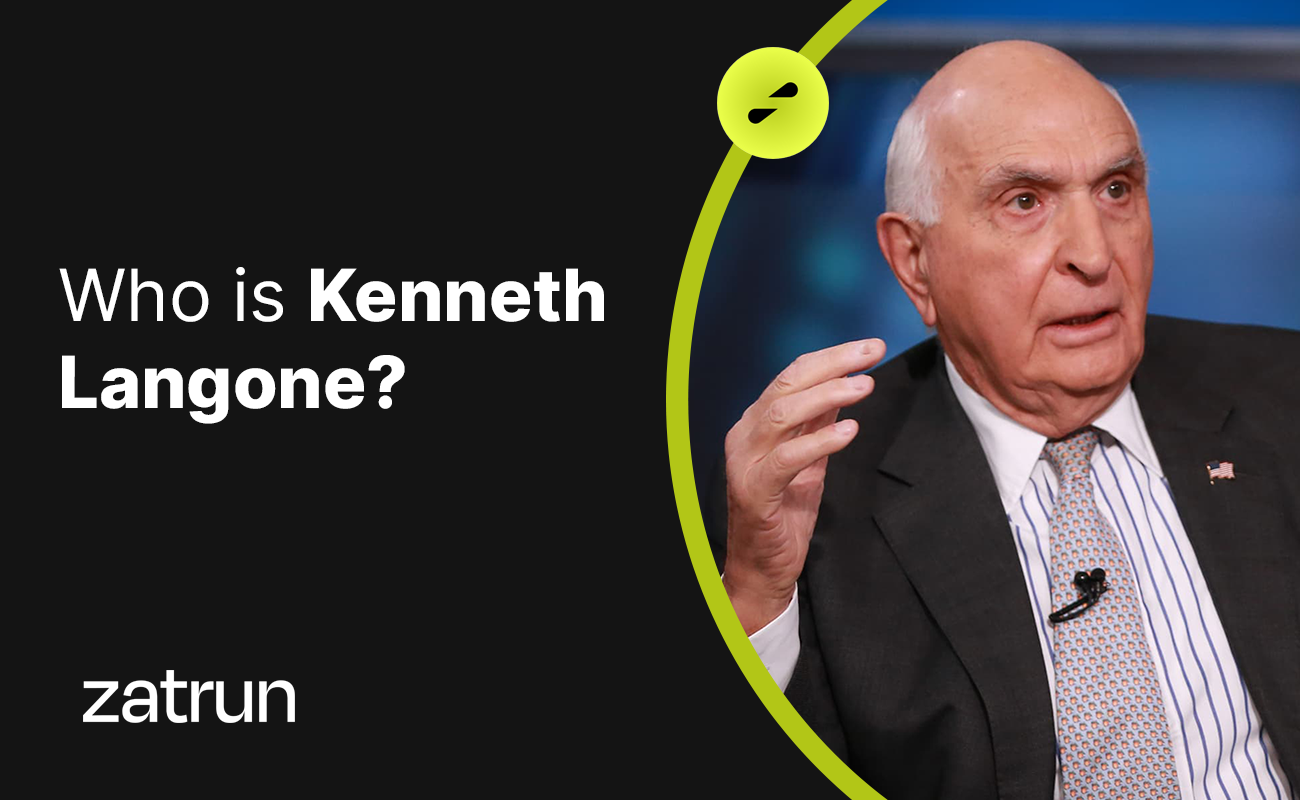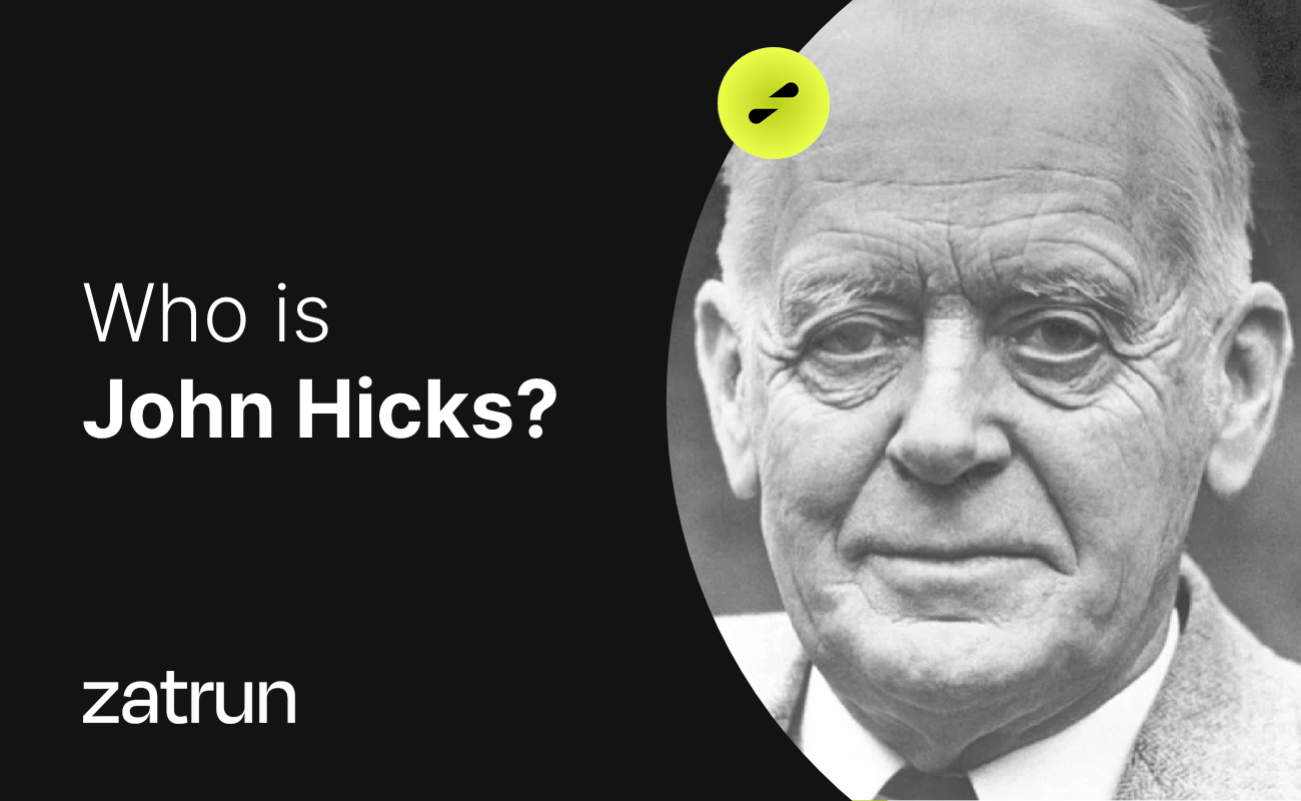In this article titled “William Stanley Jevons 101: Who is The Famous Economist and Logician?” on Zatrun.com, we will delve into everything you need to know about the famous economist and logician William Stanley Jevons.

Who is William Stanley Jevons?
Born in 1835 and died in 1882, William Stanley Jevons was an English economist and logician. Irving Fisher described Jevons’ book “A General Mathematical Theory of Political Economy” (1862) as the beginning of the use of mathematical methods in economics. He emphasized that economics, as a science dealing with quantities, should be mathematical. Thus, the theory of marginal utility, which explains the value of a product based on its “final” (exact) use, was explained. Jevons’ work, along with Carl Menger’s similar discoveries in Vienna (1871) and Léon Walras’ discoveries in Switzerland (1874), opened a new era in the history of economic thought.
William Stanley Jevons’ contribution to the theory of exact value in economics at the end of the 19th century led to his recognition as a leading political economist and logician of his time. Jevons cut short his studies in natural sciences in London to work as an assayer in Sydney in 1854. He developed an interest in political economy there, and returned to the UK in 1859. He published the General Mathematical Theory of Political Economy, which defined the theory of marginal utility in 1862, and Serious Fall in the Value of Gold in 1863.
According to Jevons, the value or worth of an additional unit of a product to a consumer is inversely proportional to the number of units of that product that the consumer already has beyond a certain critical amount. Jevons’ book, “The Coal Question” (1865), drew attention to the slow depletion of England’s coal reserves and argued that increasing energy production efficiency would lead to an increase in consumption. This work brought him recognition in the public eye.
Birth and Early Years:
William Stanley Jevons was born in Liverpool, Lancashire, England. His father, Thomas Jevons, was an iron merchant who also wrote on legal and economic matters. His mother, Mary Anne Jevons, was the daughter of William Roscoe. At the age of fifteen, he was sent to University College School in London. During this time, it was believed that he had the ability to express important ideas. In late 1853, after spending two years at University College where his favorite subjects were chemistry and botany, he was offered a job as a metallurgical analyst at a new mine in Australia.
The idea of leaving England was not pleasant, but financial reasons had become a priority in his life since his father’s company went bankrupt in 1847, and he accepted the job. In June 1854, Jevons went from England to Sydney to work as an analyst at the Australia Mine. He lived with his work colleague and his wife in Church Hill, later in Annangrove and Double Bay in Petersham. After returning to England, he sent letters to his family describing his life, took photographs, and created a social map of Sydney. Five years later, he returned to England via America.
Theory of Utility:
William Stanley Jevons encountered ideas that would make his most original and characteristic contributions in the fields of economics and logic in his youth. The concept of power, which would become the primary point of general political economic theory, was practically formulated in a letter written in 1860. Additionally, William Stanley Jevons expressed the view that the philosophy would be reduced to showing the similarities of things in another letter written in 1861, which is one of his logical principles.
The previously mentioned power theory contains the idea that the degree of utility of a commodity is a continuous mathematical function dependent on the quantity of matter, and assumes that economics is primarily a mathematical science. This idea was presented in an article titled “A General Mathematical Theory for Political Economy,” written for the English Assembly in 1862. When this article was published four years later in the Journal of the Statistical Society, it did not attract much attention. However, when The Theory of Political Economy was published in 1871, Jevons fully developed his ideas.
Practical Economics:
William Stanley Jevons is one of the leading economists of the 19th century, but he first gained recognition as a writer focusing on practical economic issues rather than a theoretician dealing with economic data. His works A Serious Fall in the Value of Gold (1863) and The Coal Question (1865) established his position as an advanced writer in applied economics and statistics. Even if he had not written Theory of Political Economy, he would be remembered as one of the foremost economists of the 19th century. He also wrote economic works such as Money and the Mechanism of Exchange (1875), Primer on Political Economy (1878), and The State in Relation to Labour (1882).
Furthermore, his works Methods of Social Reform and Investigations in Currency and Finance contain essays he wrote throughout his life. The latter book contains Jevons’ speculations on the link between commercial crises and sunspots. At the time of his death, he was preparing a great work on economics, and the table of contents, some sections, and parts of the chapters were completed. It was published in 1905 under the title The Principles of Economics: a fragment of a treatise on the industrial mechanism of society, and other papers.
Logic:
In 1864, William Stanley Jevons published a work titled Pure Logic; or, the Logic of Quality apart from Quantity, based on Boole’s logic system. In this work, Boole’s system was freed from its misleading mathematical appearance. In the relevant years, Jevons devoted a significant amount of time to constructing a logic machine that could mechanically derive conclusions from given propositions.
In 1866, he discovered the grand and universal principle of all reasoning, and in 1869, he explained this fundamental principle in a work called The Substitution of Similars. He expressed this principle in its simplest form as “What is true of one thing is true of something like it,” and studied its various applications in detail, including a logical abacus (something between a logical abacus and a piano – “Logic Piano”) and a mechanical computer that he designed and built in 1866.












